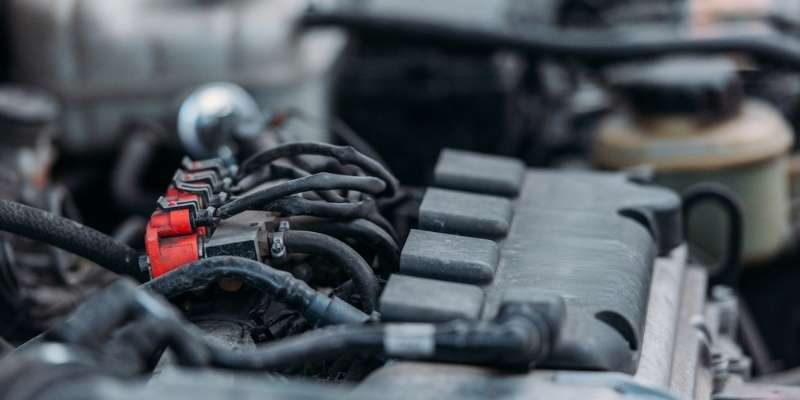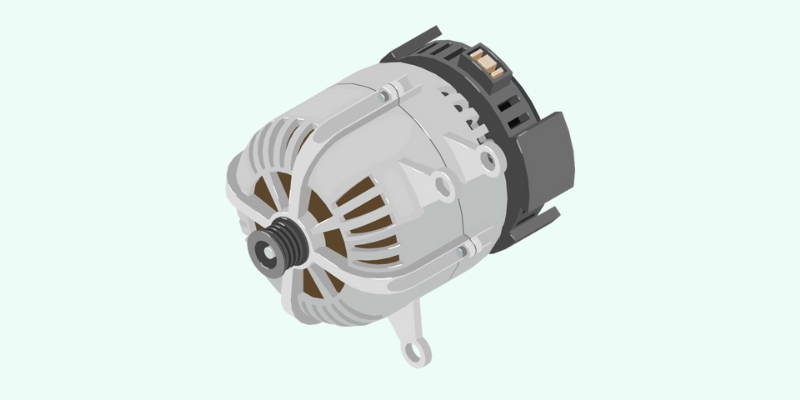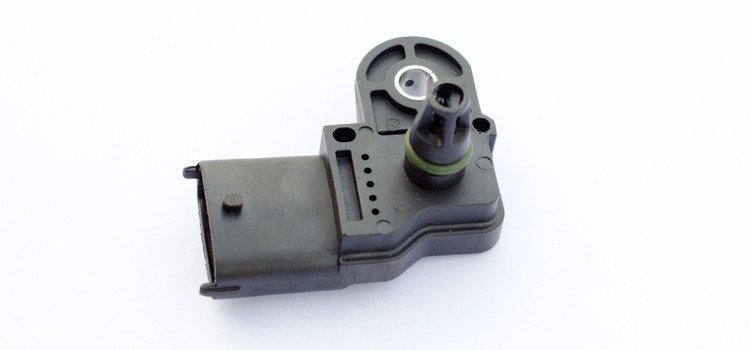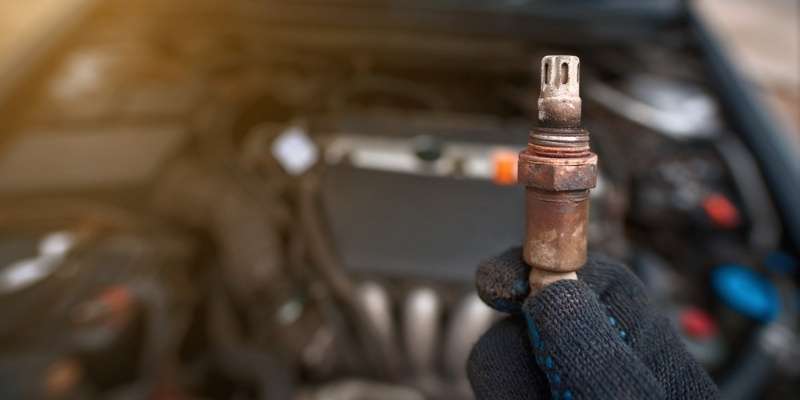A squealing noise from the belts, engine misfiring, etc., are signs that the timing belt is bad and needs to be replaced.
Aside from these signs, if you’ve driven your car for up to 70,000 miles, you should consider replacing the timing belt.
The total breakdown of the engine will be the worst thing you want to experience. Check your user manual to see if it’s time for a replacement.
However, If you’re unsure about the timing belt replacement cost, we’ve compiled the cost analysis in this piece, including its pros and cons.
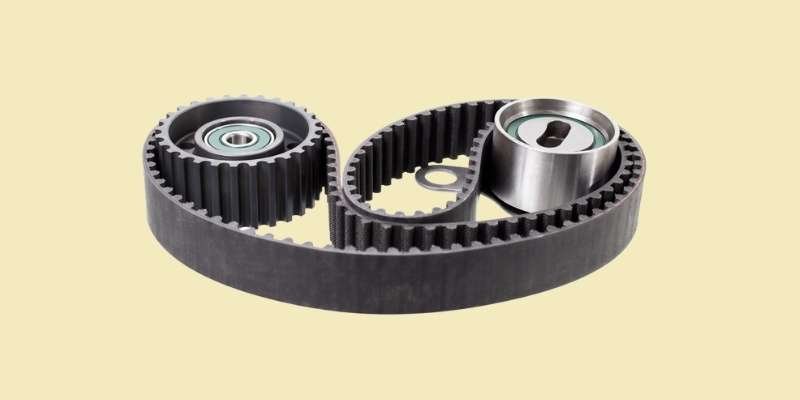
What is a timing belt?
Your car engine requires equal amounts of air, compression, and fuel, and all of these are sent to the combustion chamber simultaneously.
A timing belt is a belt in rubber form that times the engine by syncing the camshaft and the crankshaft.
The timing belt of some cars is in metal form, while some use timing gears to time the engine. Still, they all serve the same purpose.
Cost of replacing a timing belt
Averagely, replacing a timing belt is between $567 to $743. The cost is based on the national average for all cars and does not consider fees, models, or taxes.
While replacing the timing belt, you may also need to repair or maintain the serpentine belt or water pump.
However, it is advisable to use a reliable price estimator to get the right pricing based on your location, car model, and make.
Cost of replacing the timing belt at the mechanics
The total average cost is $567 to $743. The parts alone cost around $260 to $355, while labor costs $307 to $388.
Note that replacing the timing belt is a delicate job where the front of the engine has to be partially disassembled, whether it’s a repair or preventive maintenance.
So, ensure you take your car to an expert shop to avoid any mistakes. A little mistake is capable of causing severe internal engine damage.
Cost of replacing timing belt (DIY)
If you replace the timing belt yourself, you’ll be spending between $259 to $355. There’s no that timing belt replacement is a delicate job that should be done only by experts or professional DIYers.
However, doing the replacement yourself will save you a good amount of money.
Notwithstanding, don’t do this job if you have no proper knowledge of the procedures. If anything goes wrong, you’ll spend more money on engine replacement.
Average timing belt replacement cost
Timing belts are a critical component of the engine. They’re used to synchronize the engine’s camshaft, crankshaft and valves.
Regular engine maintenance is one of the most valuable tools when trying to keep your car in top shape.
Regular oil changes, tune-ups, and tire rotations are just a few of the routine maintenance items that can make the difference between needing a replacement transmission and needing a transmission overhaul.
Stay here, we will provide you with information about timing belt replacement costs and how to save money on them.
How to replace a timing belt?
Replacing the timing belt isn’t such a major job; it ensures that the engine’s timing is accurate after the belt replacement.
Hence, this job is among those you should consider outsourcing to an expert.
However, keep in mind that even if just a tooth is missing from the belt, the engine’s functioning will be altered.
This belt is in front of the car engine. So, you’ll have to completely remove some of the car parts like the water pump, drive pump, etc., during the replacement process.
In addition, the timing belt drives the water pump of some cars, so you’ll need to replace both the water pump and timing belt.
How often should you replace the timing belt?
Most auto dealers advise that the timing belt should be replaced at least every 50,000 miles. But, the timing chains of some engines last the entire life of the engine.
However, ensure you check your user manual for the correct maintenance schedule for your car. This check will help you perform the right task.
Besides, if you fail to replace the timing belt at the right time, it could break, leading to catastrophic engine damage. And the cost of repairing the timing belt or changing the engine will be more expensive than mere replacement.
Furthermore, a bad timing belt will not just stop the proper functioning of your engine; it will cause a crank over.
If the belt gets broken while you’re driving or the engine keeps getting cranked over by a broken timing belt, it could result in damaged pistons, cylinder walls, or bent valves.
Features of a Timing Belt
Timing belts have numerous features that make them a major component of every car. Some of them include:
- Precise timing with full high torque capability (carrying)
- Chordal effect and minimal vibration
- No stretching from wear
- Full slip proof engagement
- Advanced mechanical and power transmission efficiency
- Wide speed range
- Minimal noise
- Rust-resistant and an excellent abrasive component
- Chemical and contaminant(s) resistant
- Full drive design options
Pros of Timing Belts
Timing belts have significant advantages. The major ones include:
Shock Absorption
Timing belts are great shock absorbers. In some high-revving engines like those in NASCAR, the shock-absorbing feature helps enhance the engine life.
Complexity
The function of timing belts is more defined and simpler than that of timing chains.
In addition, timing belts are manual tensioners and do not need lubrication. Therefore, they are better than oil-driven compartments.
Reduced Noise
Unlike timing chains, timing belts are quieter. This is because they reduce the noise coming from the engine and lower the sound level in the passenger compartment.
Cons of Timing Belts
Here are some of the disadvantages of timing belts:
Poor Longevity
This happens to be the major disadvantage of timing belts. As a result, most auto dealers recommend that timing belt replacement be done every 70,000 to 100,000 miles or every four to seven years.
Plus, replacing a timing belt can cost up to $700. So, the initial plan to save some money by buying a less expensive car becomes altered when it’s time to replace it.
Change of Water Pump
In most cases, while replacing the timing belts, you’ll also need to replace the water pump. These replacements cause an increase in cost (expenses).
FAQs
What are the Symptoms of Timing Belt Replacement
The most common symptoms are:
- If the mileage visual inspection shows a worn-out or damaged timing belt
- Check the engine light for camshaft or crankshaft position or cylinder misfire
- Overheating
- Low engine power
- Oil leakage
- Noise from the belts
What’s the difference between a timing belt and a timing chain?
Why is timing belt replacement expensive?
What’s the function of the timing belt?
When should the belt be replaced?
Conclusion
The importance of replacing timing belts in your vehicle can’t be overemphasized. They play a major role in the proper functioning of the engine.
So, it won’t be out of place to say that a bad timing belt will cause poor engine performance.
Considering that if you miss a single tooth while replacing the timing belts, the engine’s timing will be influenced and you should outsource the job to an expert.
Inasmuch as you will want to save cost, it will be better to spend little on replacement than break the bank to repair the engine.



